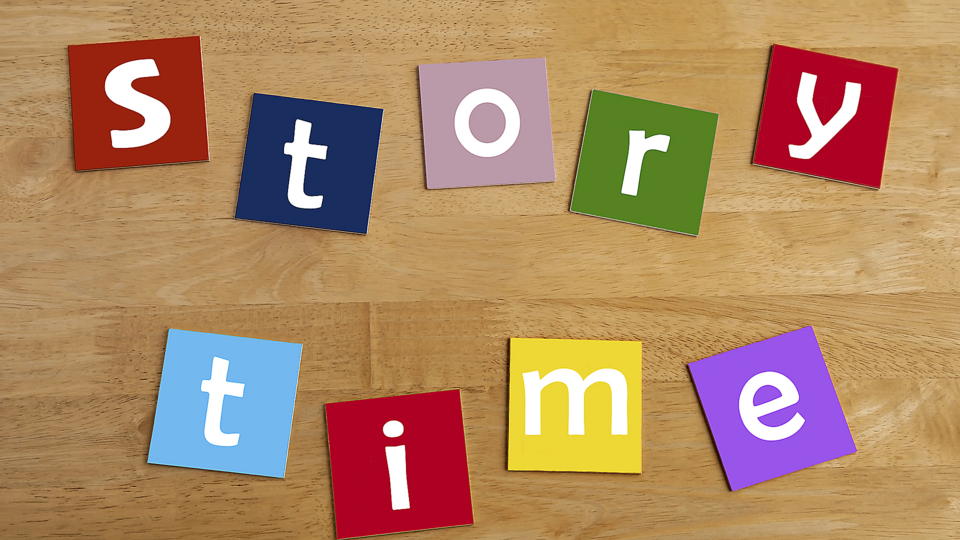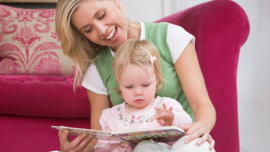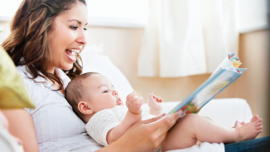Words' worth

For children to become fluent readers, it is important that they see themselves as readers.
Reading is one of the most fundamental skills our children will learn. In our modern world, literacy is the key. Reading allows access not only to all the human knowledge stored in books but also to active participation in our society.
At the same time, reading is inherently unnatural. No one is born
For a child to become a fluent reader, it is important that a child see himself as a reader. Studies show that children who see themselves as successful readers perform better academically throughout formal schooling. But before you rush out and buy an expensive program designed to "teach your baby to read" or hire a tutor for your four-year-old, remember that it is more effective to make learning part of children's normal daily experience.
In other words: kids learn best through play.
To give your child a head-start on pre-literacy, create a print-rich environment in your home.
- Read to your baby from day 1. It is never too early, or too late, to start!
- Inspire a love of literature by making reading fun.
- Ensure age-appropriate books are within (little) arms' reach.
- Have a variety of reading materials (magazines, books, newspapers) available around the house.
- Label items in your home (in lowercase letters)...just do not go overboard and overwhelm your child--labeling a few items to start will give your child an opportunity to discover this fun new part of her environment.
- Hang art with words. Label murals, pictures from magazine advertisements, family photographs, or art posters. If your child is willing, she can tell you about her own artwork and you can write her description on the piece. Letter Soup is a blog with lots of inspiring ideas for creating print-rich spaces.
- Play with letters. Children love to manipulate letters. My daughter gets a real kick out of moving a series of letters together, for example, "axdifluget," and asking me what the word says. Then it is my turn and I can form a word, like "cat," and ask her what that word is. Refrigerator magnets, felt letters, alphabet blocks, paint swatch cards, or bottle caps are all fun options.
- Use flashcards for conversation, not for quizzing. Flashcards are not inherently bad or good. They are a tool and some of them have quite beautiful art. If you use flashcards as a basis for talking with your child, they may become an enjoyable part of your day.
- Put his name in lights. One of the first words your child will recognize is his own name. Paint the letters of his name and hang them in his room. Label clothing, lunch bags, and other possessions with his name.
- Make books with your child. You can assemble scrapbooks or family photo albums together, write a book for your child about her day, or record a story she tells you and have her illustrate the tale.
- Display and notice signs. Kids love signs because they recognize the shapes and colors and immediately know what they mean.
Don't worry if your child does not show signs of interest in reading until well past five. Learning is a lifelong marathon, not a sprint. Just make sure print and reading are a regular part of their lives.
Keep it fun, keep it natural, and keep it up!












